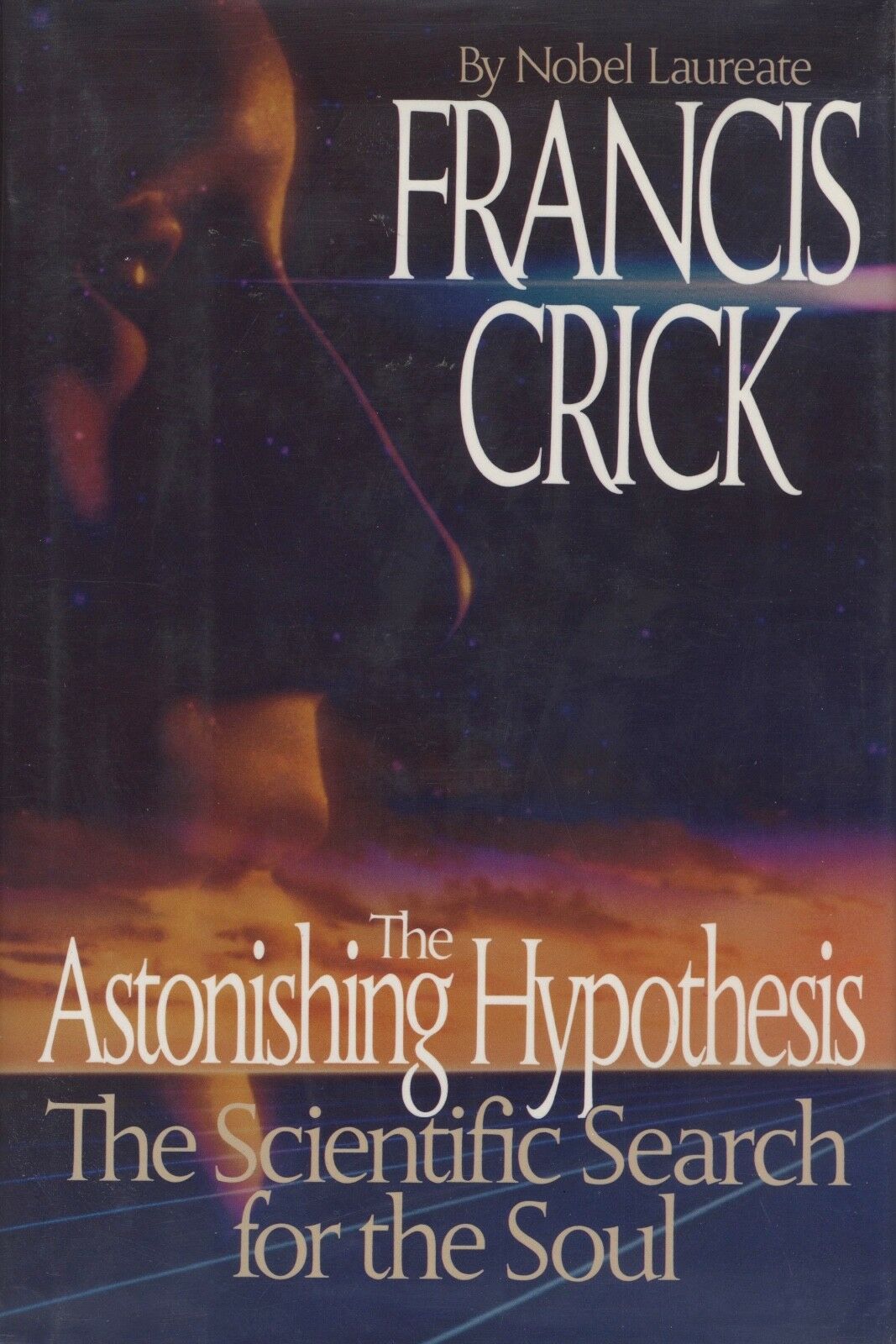-40%
FRANCIS CRICK Autographed Signed Book Nobel Prize Physiology Medicine DNA
$ 1584
- Description
- Size Guide
Description
FRANCIS CRICK Signed BookInscribed
"Congratulations! / Francis Crick / Nov. 20th 1997"
on title page in black ink.
Price clipped from dust jacket, otherwise in fine condition.
001270
In the economic slump following World War I, Francis Crick's family moved to London. At school there, Crick was especially interested in physics, chemistry, and mathematics. He went on to study physics at University College in London. He stayed there for graduate work, but the outbreak of World War II interrupted his studies. He joined the British Admiralty Research Laboratory, developing radar and magnetic mines for naval warfare. He stayed on for two years after the war and during that time read
What is Life? The Physical Aspects of the Living Cell
by physicist Erwin Schrödinger. Schrödinger was fascinated with the idea of applying physics to the study of biology and in his book proposed investigating genes at the molecular level, among other things. This exciting idea provoked Crick to switch his career plans from particle physics to biology.
Biochemistry and molecular biology were growing fields after the war. Crick began working at a Cambridge University laboratory, learning biology, organic chemistry, and x-ray diffraction technology. By 1949, he was working at the Cavendish Laboratory at Cambridge, investigating the structure of proteins. He never forgot the question posed by Schrödinger: "How can the events of space and time which take place within the . . . living organism be accounted for by physics and chemistry?" And the idea of revealing the mysteries of the genetic code still drove him.
In 1951, a 23-year-old American biologist, James Watson, joined the lab and the two formed a close working relationship. They were convinced that if the three-dimensional structure of a molecule known to play a role in passing genetic information -- DNA -- could be determined, then the
way
genes are passed on might also be revealed. They made models based on research done in several fields. They were getting closer, as were other scientists chasing the same goal; a race was heating up. Crick and Watson saw the result of Rosalind
Franklin's x-ray diffraction studies, and a final piece of the puzzle was fitted. In 1953 they created a visual model of DNA, which over the next few years proved to fit all experimental evidence.
Crick named his home in Cambridge "Golden Helix" and he and Watson shared the Nobel Prize in physiology/medicine in 1962. Crick continued to study DNA, trying to understand the way genetic information was coded. In 1962, he also became director of Cambridge University's Molecular Biology Laboratory and a nonresident fellow of the Salk Institute in California. In 1966 he wrote
Of Molecules and Men,
describing the implications of the recent revolution in biochemistry. His interest turned to neurobiology, particularly vision and the function of dreams. In 1981, he wrote
Life Itself: Its Origin and Nature
, in which he suggested that the seed for life on Earth may have come from another planet.
"Almost all aspects of life are engineered at the molecular level, and without understanding molecules we can only have a very sketchy understanding of life itself." Francis Crick died in July 2004, at age 88 in San Diego, CA.
If you elect to send this autographed item to one of eBay's approved authenticators and are not satisfied with the results, the item can be returned within 30 days of purchase for a full refund to include return postage in the amount of the initial postage. This is one of the Best guarantees anywhere!











